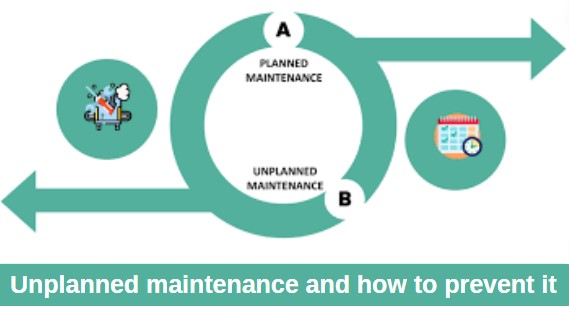
What is Unplanned Maintenance and How to Prevent it
Viki Dongare |
24 Jan 2024 |
11:32 AM
- What is Unplanned Maintenance?
- Understanding the Importance of Effective Maintenance
- Differentiating Unplanned Maintenance
- Distinguishing Between Unplanned and Planned Maintenance
- Unplanned vs. Unscheduled Maintenance
- Types of Unplanned Maintenance
- Planned Maintenance: Definition, Benefits and Types
- Various Types of Planned Maintenance
- Enhancing Unplanned Maintenance with CMMS
- Introduction to CMMS (Computerized Maintenance Management System)
- Creating a Maintenance Plan
- Conclusion
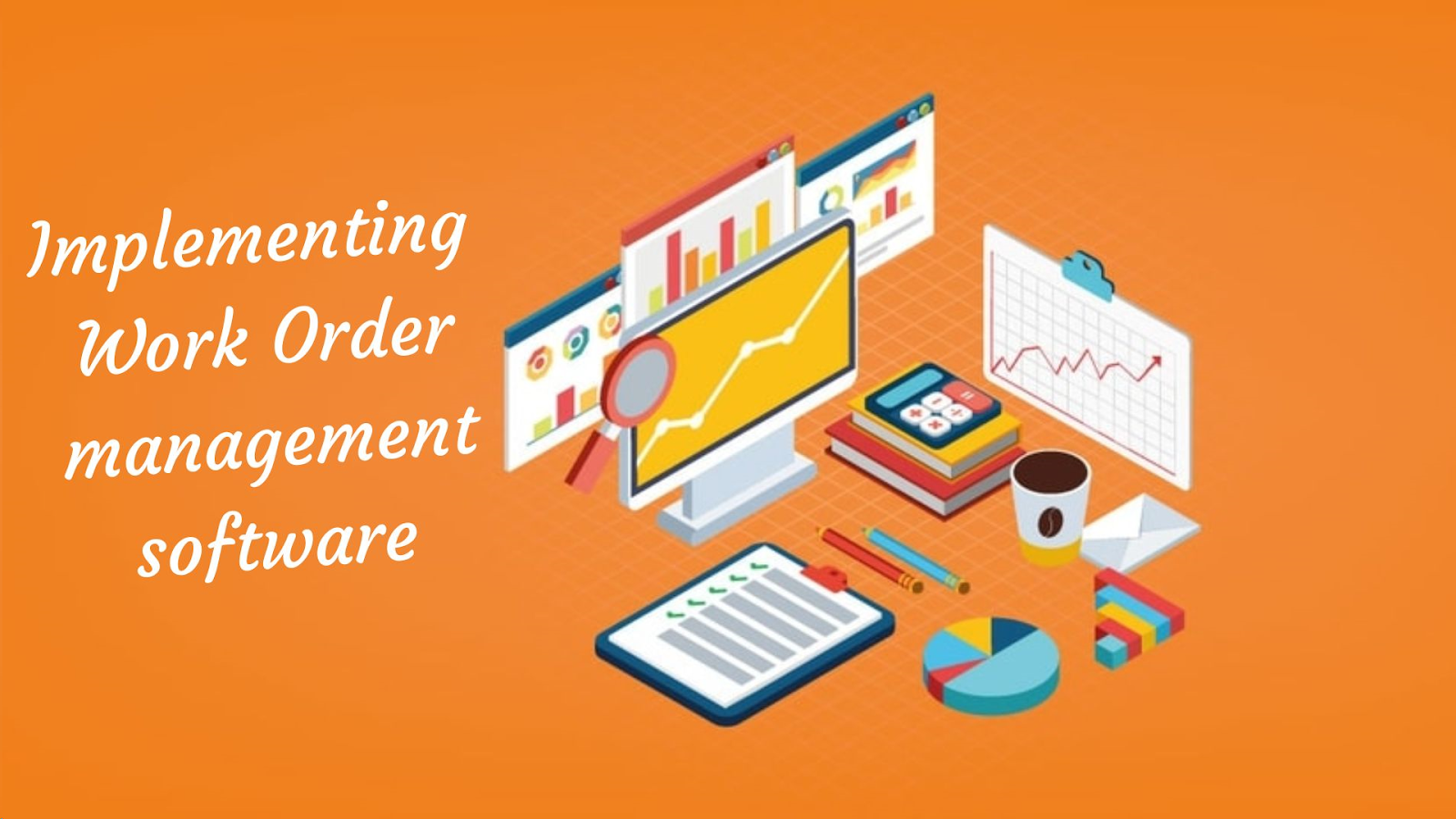
How Implementing work order management software helps your organization
Shubham Vakharia 22 Jun 2024 | 12:21 PMOptimize your maintenance tasks with the Proptor App. Streamline work order management for enhanced efficiency and organization. Get started today! ...
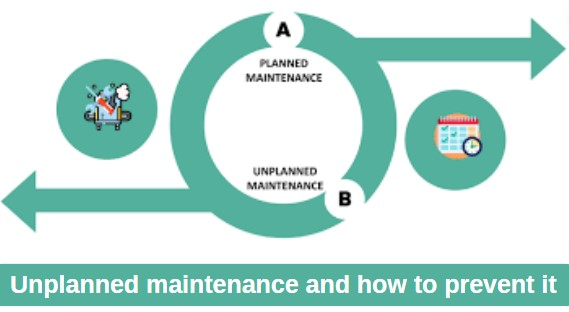
Welcome to our exploration of maintenance practices, where we learn about the complexities of effective maintenance management. In today's fast-paced business landscape, strategic maintenance is the key to sustaining operational excellence and asset reliability.
What is Unplanned Maintenance?
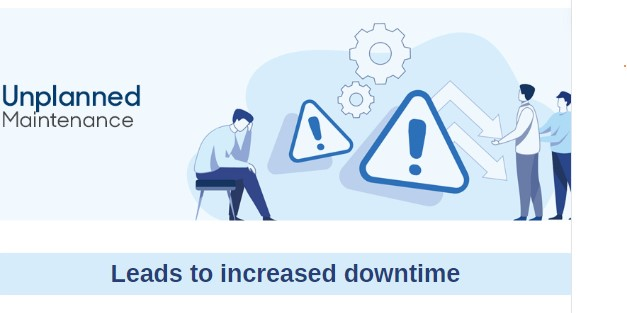
Unplanned maintenance, often known as reactive maintenance, involves addressing unexpected equipment breakdowns or failures. It is a responsive approach to fixing issues as they arise, in contrast to preventive maintenance. While reactive measures are sometimes unavoidable, a reliance on unplanned maintenance can lead to increased downtime, higher operational costs and inefficiencies.
Understanding the Importance of Effective Maintenance
Effective maintenance is the cornerstone of operational continuity and asset life cycle. It involves a proactive approach to ensure equipment reliability, prevent unexpected failures, and extend the lifespan of critical assets.
By implementing strategic practices, organizations can minimize downtime, optimize resource allocation, without affecting production. An effective maintenance strategy not only safeguards against unplanned maintenance breakdown but also contributes to cost savings and reduced downtime.
Differentiating Unplanned Maintenance
Defining Unplanned Maintenance
Unplanned maintenance refers to unscheduled repair activities conducted on equipment or machinery due to unforeseen failures or breakdowns. Unlike preventive maintenance, which follows a predetermined schedule, unplanned and unscheduled maintenance occurs in response to unexpected events that can disrupt regular operations. It aims to address unexpected breakdown and restore equipment functionality promptly.
Distinguishing Between Unplanned and Planned Maintenance
Distinguishing between planned and unplanned maintenance lies in the predictability of the maintenance work. Planned maintenance is scheduled in advance, based on predetermined intervals or specific conditions.
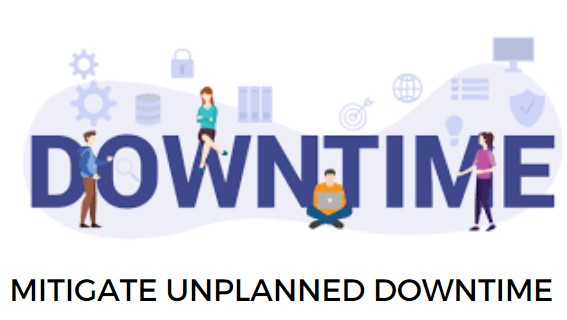
This proactive approach allows organizations to anticipate downtime and allocate resources efficiently. On the other hand, unplanned maintenance is reactive, responding to unforeseen events, and is often conducted urgently to minimize disruptions.
Unplanned vs. Unscheduled Maintenance
While these terms are sometimes used interchangeably, there is a subtle difference between unplanned and unscheduled maintenance. Unplanned maintenance specifically refers to repairs needed due to unexpected failures.

In contrast, unscheduled maintenance encompasses both planned and unplanned activities that deviate from the predetermined maintenance schedule. Understanding this distinction is crucial for organizations aiming to optimize operational processes and minimize the impact of unforeseen events on overall operational efficiency.
Types of Unplanned Maintenance
Opportunistic Maintenance
Opportunistic maintenance is one of the types of unplanned maintenance that involves seizing unexpected opportunities to address potential issues before they escalate into critical problems. This type of maintenance capitalizes on moments when equipment is already offline for various reasons, such as during planned process changes.
By taking advantage of these situations, organizations can optimize resources and minimize downtime. Opportunistic maintenance is proactive, aiming to prevent unforeseen failures by addressing potential concerns when equipment is already accessible.
In practical terms, opportunistically maintaining equipment might involve conducting additional inspections or implementing minor repairs while the machinery is temporarily out of service. This approach helps avoid unplanned disruptions and contributes to the overall asset management.
Corrective Maintenance
It is a type of maintenance that focuses on fixing specific assets after it has failed or shown signs of malfunction. Unlike preventive maintenance, which aims to address potential issues beforehand, this is reactive. Corrective maintenance responds to problems as they arise, aiming to restore asset to normal functionality.
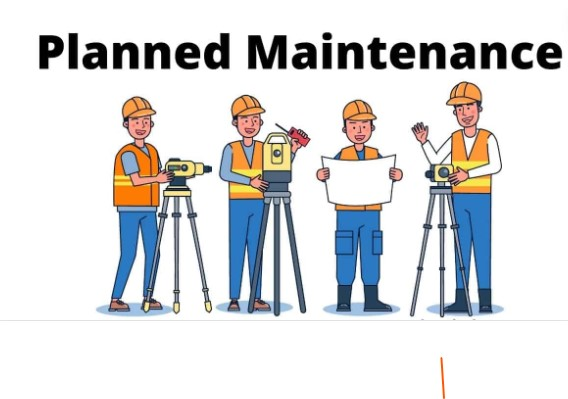
Corrective maintenance is often unavoidable, especially for unforeseen issues. However, organizations should strive to balance reactive approaches with proactive strategies to minimize the impact of failures in production line. Effective management in this case, includes swift response times, efficient troubleshooting, and detailed documentation for future reference.
Reactive Maintenance
Reactive maintenance is a subset of corrective maintenance that emphasizes responding to equipment failures promptly. When a piece of equipment breaks down unexpectedly, reactive maintenance involves quick intervention to restore functionality. While reactive maintenance is essential for addressing urgent issues, its overreliance can lead to increased downtime and operational inefficiencies.
Organizations should strategically integrate reactive maintenance with other maintenance approaches to create a comprehensive maintenance strategy. By understanding the causes of failures and implementing corrective actions, businesses can reduce the frequency of reactive interventions, fostering a more stable and reliable operational environment.
Planned Maintenance: Definition, Benefits and Types
Understanding Planned Maintenance
Planned maintenance is a systematic approach to upkeep where maintenance activities are scheduled in advance based on predetermined intervals, usage, or specific conditions. The primary goal is to prevent equipment failures, maximize operational efficiency, and extend the life cycle of assets. This proactive strategy involves regular inspections, repairs, and replacements, ensuring that equipment remains in optimal working condition.
Benefits of Planned Maintenance

-
Operational Efficiency and Productivity: A balanced management strategy reduces unexpected breakdowns.
-
Safety Enhancement: Regular maintenance audits improve safety.
-
Financial Advantages: Control over repair costs through planned maintenance software.
-
Return on Investment: Extended lifespan of equipment achieved by performing preventive maintenance plan.
Various Types of Planned Maintenance
Planned maintenance encompasses different types tailored to specific needs. Preventive maintenance involves routine inspections and tasks to prevent potential issues, while regular preventive maintenance relies on data and analytics to anticipate when equipment will require attention.
Proactive organizations often adopt condition-based maintenance, addressing issues based on the actual condition of equipment components rather than predefined schedules. Understanding these various types of maintenance empowers large and small businesses to choose the most suitable approach for their specific operational requirements, contributing to sustained efficiency and reliability.
Enhancing Unplanned Maintenance with CMMS
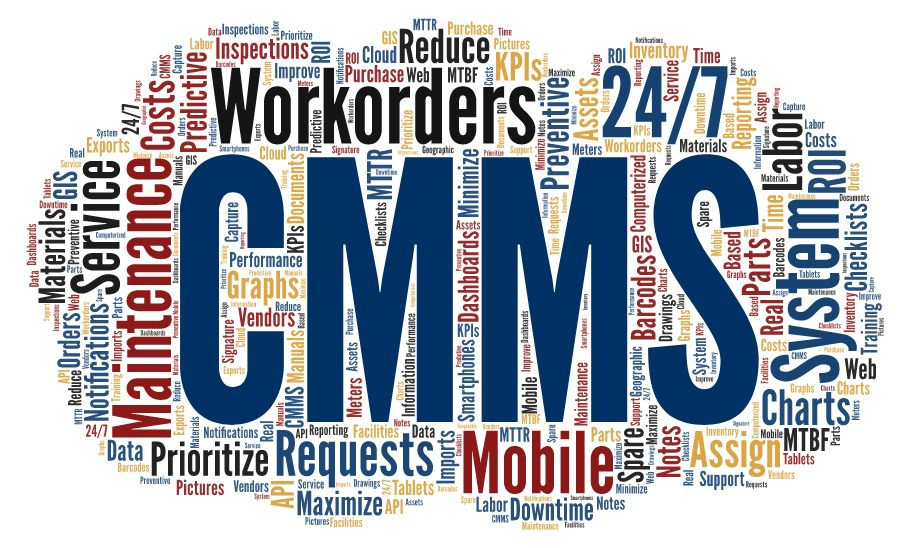
Introduction to CMMS (Computerized Maintenance Management System)
A Computerized Maintenance Management System (CMMS) is a powerful tool designed to streamline and optimize maintenance operations within an organization. It serves as a centralized hub for managing all maintenance-related activities, from planning and scheduling to tracking and analyzing performance. CMMS software is equipped with features that enable businesses to transition from reactive to proactive maintenance plan, ultimately enhancing overall operational efficiency.
Integrating a CMMS into unplanned maintenance processes can revolutionize how organizations respond to unexpected equipment failures. One of the primary advantages is the ability to prioritize and schedule unplanned maintenance tasks efficiently. CMMS provides real-time visibility into equipment statuses, allowing maintenance team to assess the urgency of issues and allocate resources effectively.
Moreover, CMMS facilitates comprehensive documentation of all operational activities. This includes recording equipment history, detailing performed repairs, and logging parts replacements. This information is invaluable for future reference, aiding in trend analysis and decision-making for preventive measures.
Creating a Maintenance Plan
Developing a comprehensive maintenance plan is pivotal for organizations seeking to ensure the longevity and reliability of their assets. The process involves several key steps that, when executed meticulously, contribute to the seamless operation of equipment and facilities.
Steps to Develop a Comprehensive Maintenance Plan
-
Asset Inventory and Assessment: Begin by assessing and compiling a detailed inventory of all assets requiring a fix.
-
Regulatory Compliance Review: Identify and understand relevant regulations and standards applicable to your industry. Ensure that it aligns with necessary compliance requirements.

-
Define Maintenance Objectives: Clearly outline the objectives of your maintenance plans, whether it's to reduce downtime, enhance safety, or prolong asset life.
-
Determine Maintenance Strategies: Choose appropriate preventive maintenance program
-
Resource Allocation: Allocate resources, including manpower, tools, and budget, in accordance with the maintenance strategies selected.
-
Scheduling and Planning: Develop a detailed schedule for preventive measures, that takes care of emergency maintenance.
-
Documentation and Record-Keeping: - Establish a robust system for documenting all operational tasks.
-
Training and Skill Development: - Ensure that maintenance personnel are adequately trained to execute tasks safely and efficiently.
-
Continuous Improvement: - Implement mechanisms for feedback and performance analysis.
By following these steps, organizations can create a maintenance plan that not only addresses current needs but also evolves with changing operational requirements and industry advancements. This proactive approach contributes to increased asset reliability and optimized operational efficiency.
Conclusion
Understanding the nuances of planned and unplanned maintenance is pivotal for organizations aiming to maximize operational efficiency. By implementing a comprehensive maintenance plan, integrating advanced technologies like CMMS, and differentiating between various maintenance types, businesses can minimize unexpected problems.
Embracing proactive approaches, such as opportunistic maintenance and corrective strategies, ensures a robust response to unforeseen challenges. The benefits of this preventive approach, coupled with the seamless integration of CMMS, create a powerful framework for larger businesses. Emphasizing continuous improvement and skill development fortifies organizations against disruptions, fostering a culture of reliability and resilience in the face of maintenance challenges.